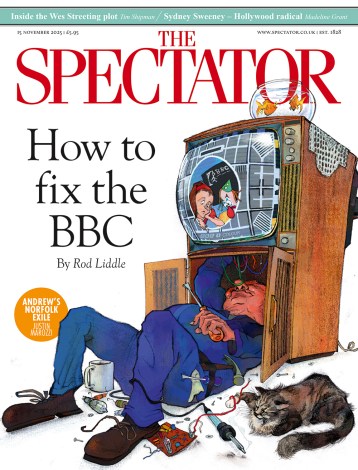The story of Harry the Valet is the stuff of fiction. He was a dazzlingly adept, smooth, glamorous jewel thief, who never stooped to petty crime but carried off the kind of robberies more commonly found in novels and films: huge ruby necklaces, diamonds and pearls all poured out, pirate-treasure fashion, into his waiting hands.
The Valet was the son of a successful lower-middle-class tradesman, a picture-framer, who died when he was a young man, leaving his widow to carry on his business, unsuccessfully. Harry meanwhile bet on horses, drank and smoked and revelled in bad company, soon finding himself with no money and no profession. He took the easy way out, deciding to steal a living, rather than earn one.
His first theft, a case briefly left un- attended at a railway station, set him on his way, filled as it was with glittering jewels. His second was equally easy, and equally successful, with more pretties falling into his eager hands. It was only when he foolishly pawned a watch at an unknown pawnbroker that he was collared — the broker had recognised the watch from a police list, and turned him in. He was jailed and his wife, long neglected, died of grief. The Valet emerged from prison hardened, and embarked on a life of crime, culminating in his mega-theft of the Duchess of Sutherland’s jewels in 1898.
If this all sounds like a novel, it is because, unacknowledged by author or publisher, it is. Harry the Valet is presented as a non- fiction look at a Victorian crime, à la The Suspicions of Mr Whicher. But unlike that book, which was a return to original sources to explore a murder, this is a biography, in theory if not in fact. Yet Hamilton apparently (there is a bibliography, but no notes) relies almost entirely on newspaper reports and primarily on a series of articles the impoverished Valet wrote for the Weekly News in old age. Not surprisingly, these glamorised his past. The newspaper would not have bought them otherwise. And they were, as Hamilton acknowledges in his final chapter, entirely false. Yet the preceding 250 pages quote them as though he were as truthful as the Archbishop of Canterbury.
A little common sense gives an entirely different perspective on the facts as they are presented. That the Valet’s first two thefts, totally random bags stolen at railway stations, contained jewels of fabulous value is implausible merely on the law of averages — it is far more likely he found dirty washing, a sponge-bag and a packet of biscuits for the journey. Hamilton presents the Valet’s estimation of himself and his methods — meticulous planning and perfect execution — while sliding past the fact that in the 1890s alone, the Valet was imprisoned for theft in 1891, 1894, 1895, 1898 (for 18 months) and 1899 (for 7 years): that he was more inept sneak-thief than a real-life Raffles is the inevitable conclusion.
A novel on the subject would have been fun, and could have delved into motivations, but nothing of the kind appears here. Instead the author veers from clichés —people are the talk of the town, rooms are smoke-filled — to curious sentences where the he appears to be groping towards an image but can’t quite seize it: ‘Her hands were fluted at the wrist’, Sherlock Holmes had ‘a stained-glass mind’. Meanwhile, his grasp of history is stereotyped, with the Victorian age a generic ‘starchy, obedient era dominated by the work ethic’. He condemns Scotland Yard’s failure to use forensic science that had yet to be invented, presenting detectives as bumbling for ignoring fingerprint evidence — ‘the curious ways of late Victorian CSI ’ — even though, while fingerprints were by this stage known to be unique, no system of classification was yet available. His grasp of literature is not much better, as he equates the noble, loving Duchess of Malfi with Lady Macbeth: ‘intolerant, ruthless, self-possessed [who knew this was a negative?], greedy and rapacious’.
The Unreliable Life of Harry the Valet is a quick, undemanding read, as long as one bears in mind that the ‘unreliability’ refers to the author, as well as to the Valet.





Comments